 (4 / 5)
(4 / 5)
Playhouse Creatures, which landed at Chapter Arts Centre and will remain there until the 26th October, is an interesting play that follows the lives of the first women to be involved with English theatre after Charles the second became King and reinstated theatre in mainstream life. This is a very clever play which is influenced by and includes references to Shakespearean classic theatre which give the play multiple layers which makes it very interesting for the audience. As this was a play all about women being ‘allowed’ to participate in the theatrical arts the show contained an all-female cast which is fantastic. What complicates this play is there are men involved in the story but they never actually appear. The focus of this play is on these women, so I think this creative choice to not have any male actors in the scenes helps with the female centred theme of the show and is fantastic.
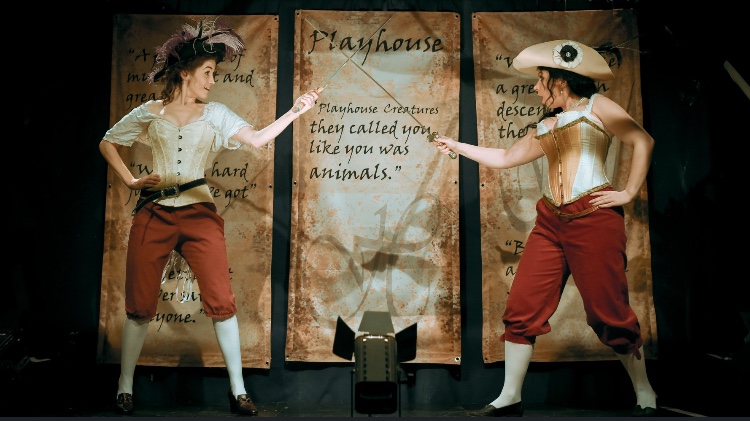
The staging of this show mostly stayed the same throughout, which again helps keep the focus on these women, the set involved a ‘stage’ on the stage. The story gets a little complicated as it follows these women as they perform in plays. This means from the audience perspective they are watching a play within in a play and the reason for the stage on a stage was to allow the play-caption to occur in an easy to follow the way from the audience. On top of this, cleverly the light designers had devised a light arrangement to again signify the difference between the ‘audience’s play’ and the ‘actors play.’ As the lights were constant throughout the whole play, the lightening and creative team have done something clever that benefitted the experience of the audience.
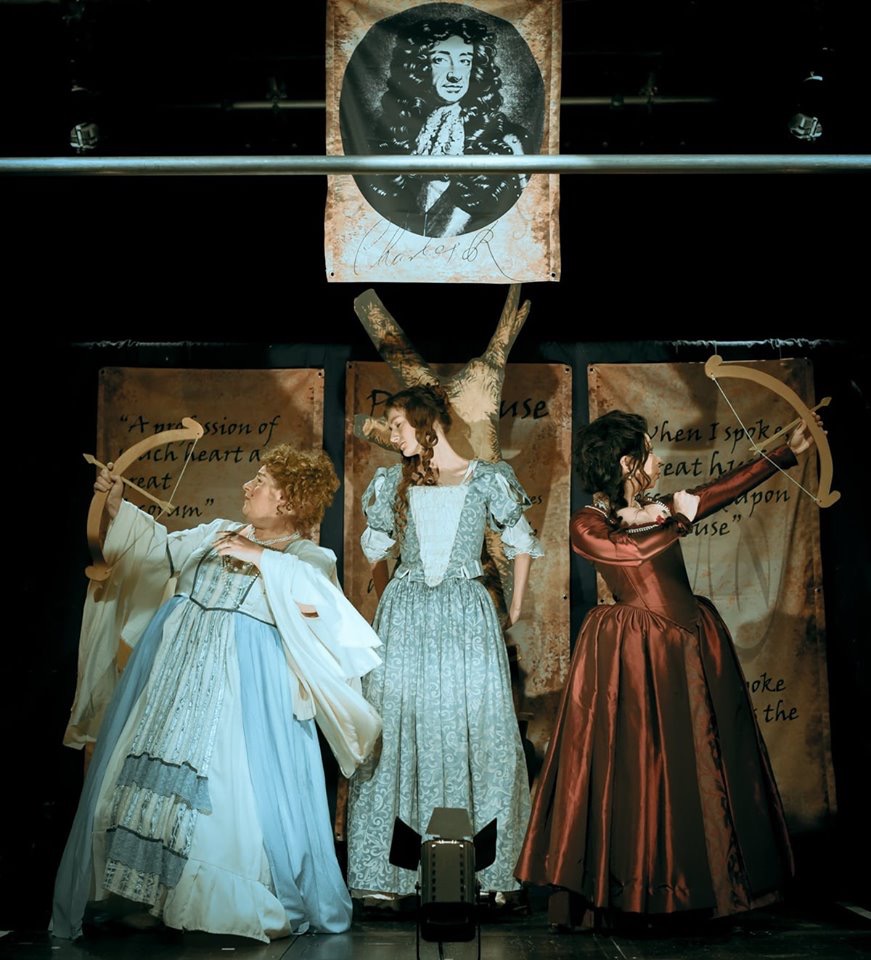
Another, lighting design that was significant was the lights during the witching scene towards the end of act one. This scene was incredibly scary and the red lights were incredibly striking and unsettling which was fantastic. The colour ‘red’ itself shows danger but the same effect was used during fire scenes which were again very clever. The costumes used in this play were amazing. Not only were they visibly appealing and looked nice but also they blended traditionally female costumes with conceptual ideas of the thoughts of women in theatre at the time. One of the underlying ideas of the play was that women were objectified and seen as something people can try to take home and have their way with. The way they managed to combine all these ideas is insanely clever and so the costume team on this production should be proud of this. This idea helped inspired the companies branding and advertising for the show itself. On the programmes, there is a corset which helps carry the female-centric show and the sexualisation of women (through clothing) which fits perfectly with the show.
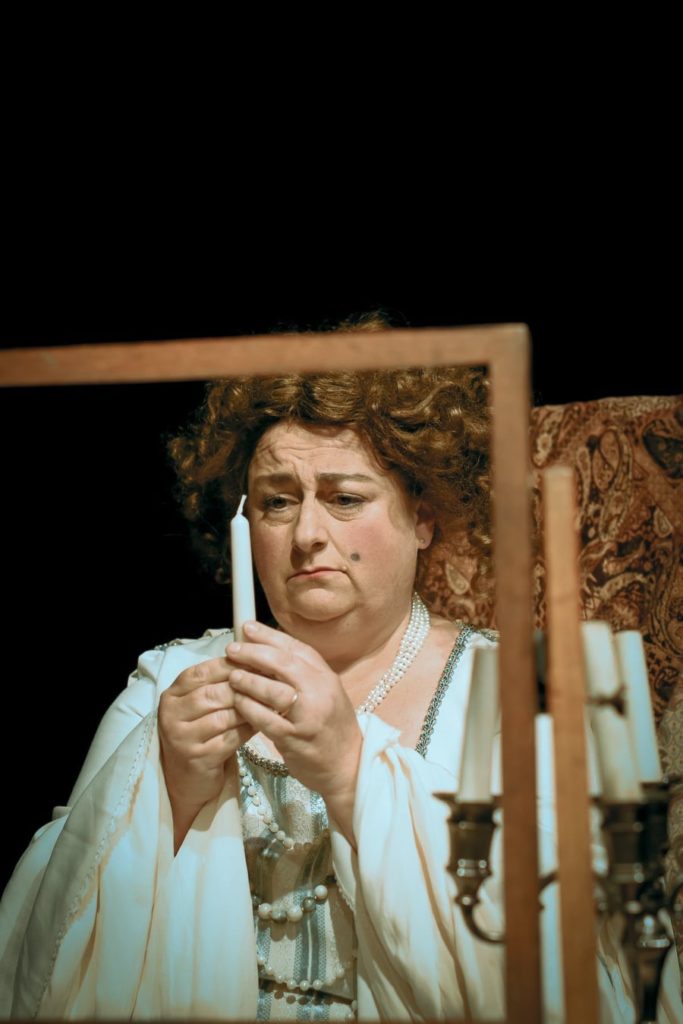
Most of the characters in this play are based on real-life actresses of the time which helps with the authentic feel of the show. Nell Gwynn, who is based on Elanor Gwynne who was a long-time mistress of Charles the 2nd, who was played in this production by Lucinda Curley who played a relatable and common character.
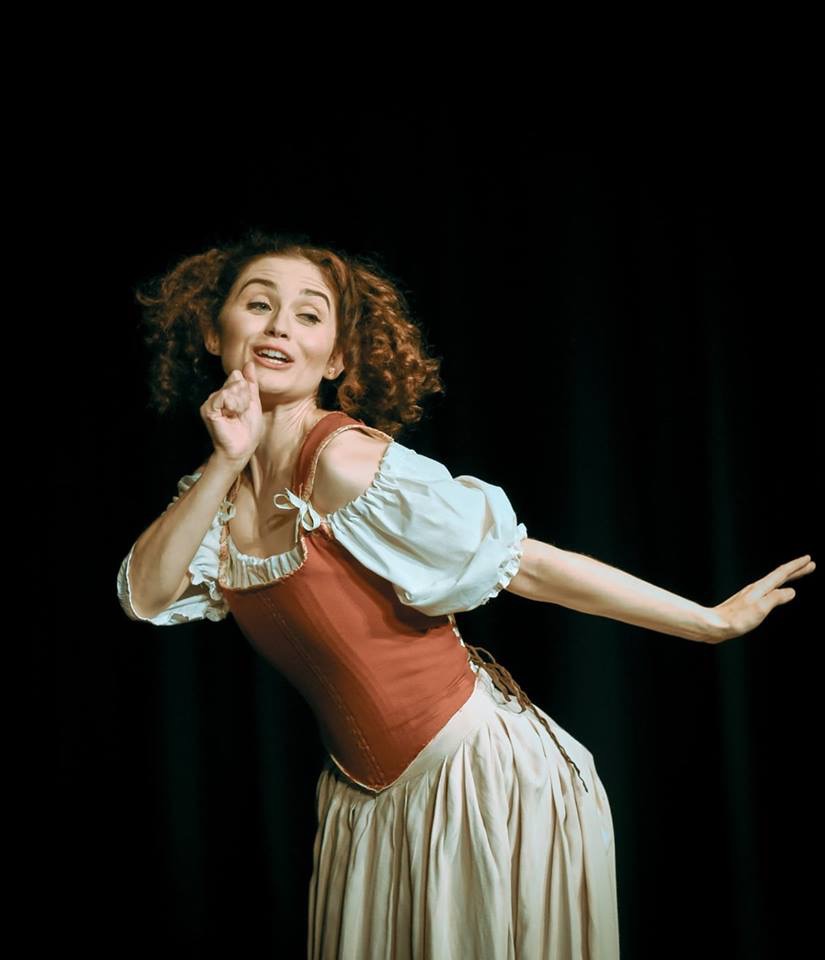
Doll Common is the only character who is not inspired by real-life people but in my opinion, was one of the best characters in this play. This character was played by Linda Vickers who debatably was the strongest person in the play. While being the most common character (as the name suggests) she also created the majority of the comical moments in the play which had the audience rolling in laughter. Linda nailed every aspect of the character and fitted the role perfectly.
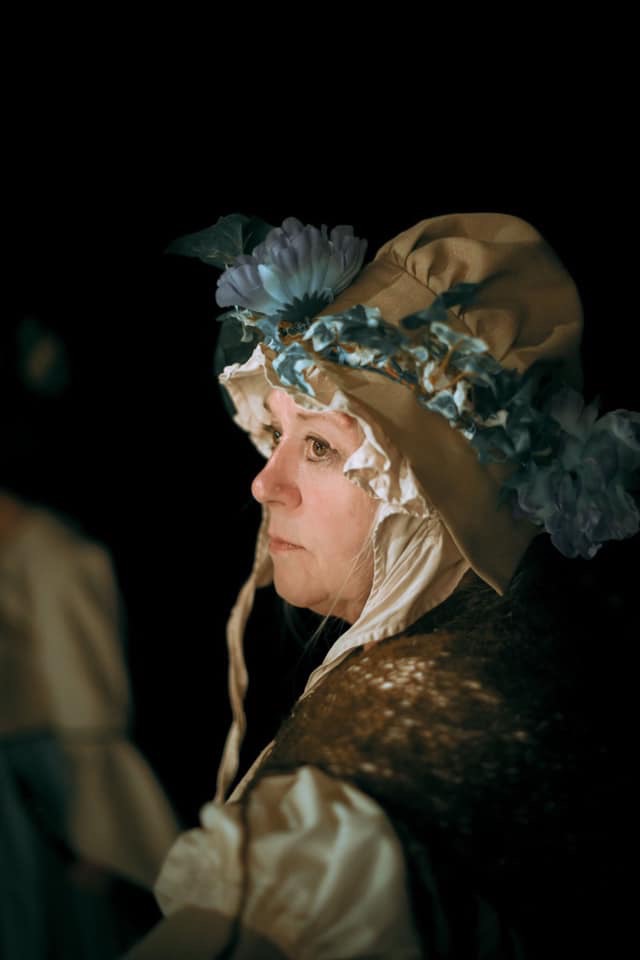
Mrs Rebecca Marshal, who was played by Sarah Green in this play, is based on the sister Anne and Rebecca Marshal who famously had many issues with ‘annoying men in her audience.’ Mrs Marshal carried a fan for the majority of play which fitted the character perfectly. This prop managed to combine the sass and fierceness of the character which was an excellent choice. Having seen Sarah Green take on many iconic roles such as Carries Mother in Carrie the musical and Gladys Pugh in He-De-Hi at the Cardiff Open Air festival, I am constantly astonished by Sarah acting talent and her ability to portray contrasting characters perfectly.
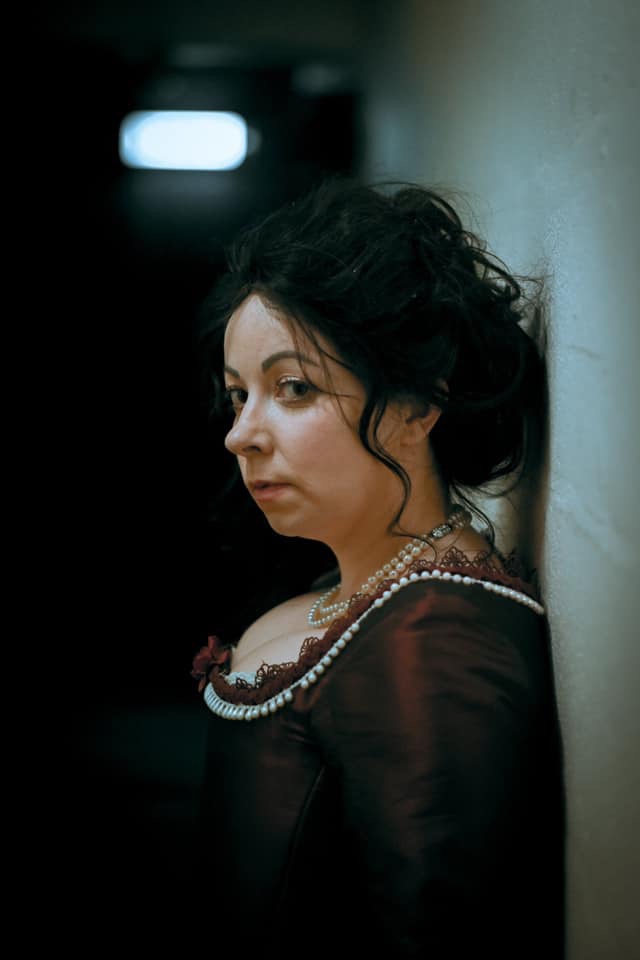
The other roles of Mrs Elizabeth Farley and Mrs Mary Betterton (played by Robyn Hough and Sarah Bawler) helped to portray the greatest character progression who the involvement of real-life and relatable issues. The former had a very emotional scene in which she talked directly to the audience which was delivered so strongly and demonstrated Robyn’s acting talent.
Overall, this is a historic play that gives a voice to people who we often forget about. Having discussed in length in University about the reinstating of theatre and the ‘allowing’ of women in theatre, I have never thought about the struggle and issues the founding women would have faced and so in that regard this is a unique play. It is cleverly written and performed by an incredibly talented cast which also demonstrated the power of theatre.
